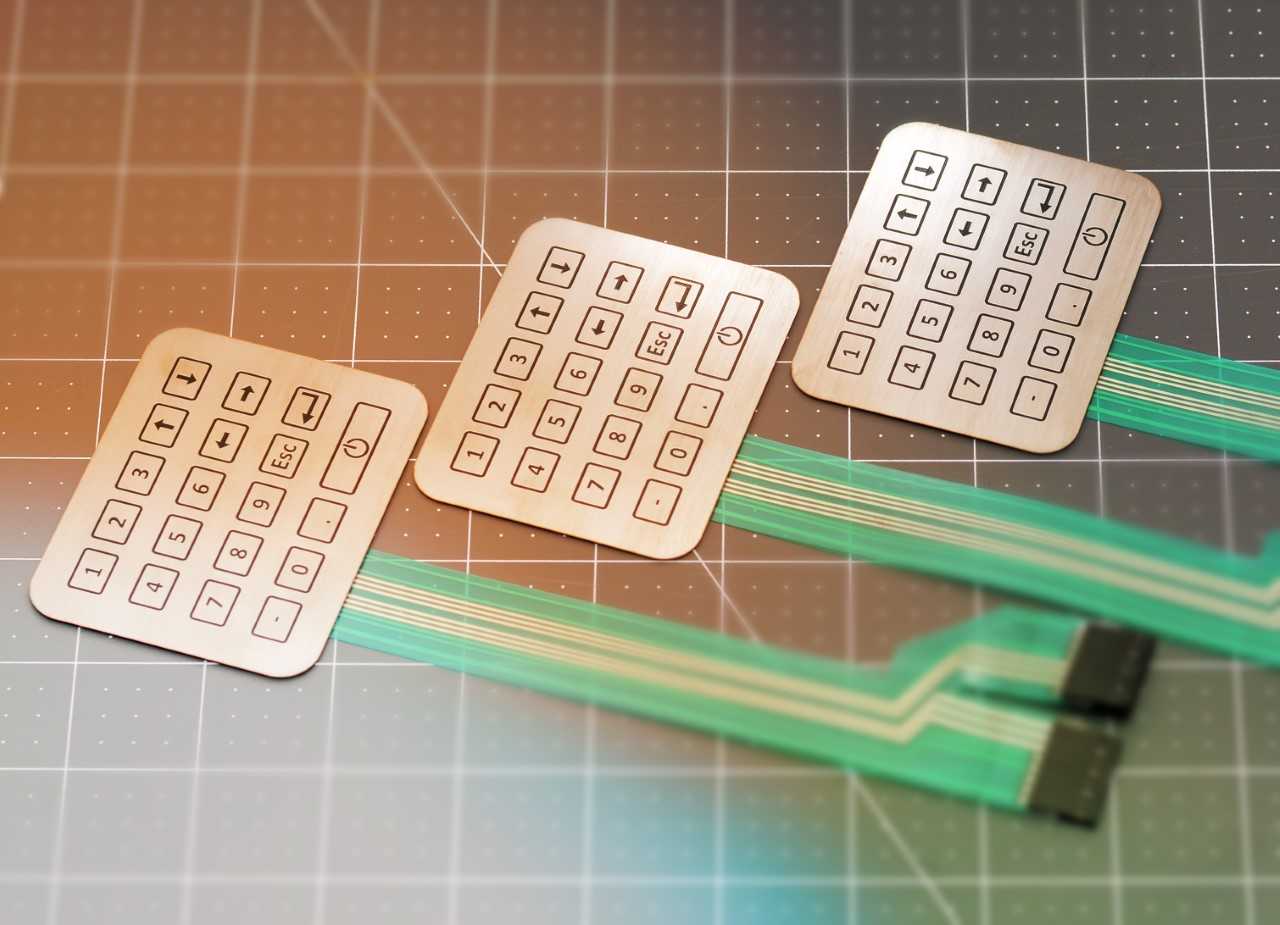Why Membrane Switches are Ideal for Durability and Performance
Why Membrane Switches are Ideal for Durability and Performance
Blog Article
Comprehending Membrane Switches: The Secret to Long Lasting and Reliable Controls

What Are Membrane Switches?
Membrane switches are an innovative service in the world of interface modern technology, combining functionality and design effortlessly. These tools serve as a user interface between users and electronic systems, incorporating numerous components into a compact layout. Commonly built from adaptable, slim layers of products, membrane buttons are designed to react to touch, allowing users to connect with equipment and digital tools successfully.
The main components of a membrane layer button consist of a printed circuit layer, visuals overlay, and a spacer layer that protects against unexpected activation. The visuals overlay can be customized to reflect brand name identity or customer choices, improving visual appeals while making sure use. Membrane buttons are frequently used in various applications, consisting of medical gadgets, customer electronic devices, and industrial tools, owing to their longevity and resistance to environmental variables such as wetness and dust.
Among the essential advantages of membrane buttons is their ability to endure wear and tear, making them ideal for high-traffic settings. Furthermore, they are lightweight and call for very little room, enabling innovative layouts in product advancement. Overall, membrane layer changes represent a reliable and useful selection for modern-day digital interfaces, marrying innovation with user-centric layout principles.
Just How Membrane Layer Switches Work
The operation of membrane switches hinges on a straightforward yet reliable device that translates individual input right into digital signals. When a user presses the button, the top layer warps, allowing a conductive element in the circuit layer to make call with a corresponding conductive pad on the bottom of the graphic overlay.
The layout of membrane layer switches can differ, but they frequently incorporate domes or responsive elements to supply comments to the individual, improving the total experience - membrane switch. The products utilized in membrane layer buttons, such as polyester or polycarbonate, add to their longevity and resistance to ecological aspects, including dampness and dust. Additionally, the printed circuits are generally enveloped, which safeguards them from damage with time.
Advantages of Membrane Switches

In addition, membrane switches are known for their longevity. Created from robust products, they are immune to dirt, wetness, and physical wear, which substantially extends their lifespan compared to standard mechanical buttons. This toughness makes them specifically ideal for high-traffic settings and applications requiring longevity.
Another considerable advantage is the convenience of cleansing and upkeep. The smooth surface area of membrane layer switches reduces dust accumulation and is typically invulnerable to spills, making them optimal for settings that need regular sanitization.
Moreover, membrane switches offer a structured profile, causing a thinner layout that can be integrated into various gadgets without adding mass. This function not only boosts the find out here aesthetic allure however likewise adds to a much more ergonomic item style.
Applications of Membrane Layer Buttons
Straightforward and versatile, membrane buttons discover applications throughout a vast array of markets, consisting of medical devices, consumer electronics, and industrial tools. In the medical area, these switches are integral to devices such as diagnostic tools, client monitoring systems, and mixture pumps, where integrity and convenience of cleansing are critical. Their capacity to maintain and hold up against severe atmospheres capability makes them perfect for such applications.

In customer electronics, membrane switches are made use of in items like microwaves, washing devices, and push-button controls - membrane switch. Their sleek design permits intuitive interface, improving the overall customer experience while offering resilience and resistance to tear and wear
Commercial tools additionally gains from membrane layer buttons, specifically in control panels for equipment and automation systems. These switches offer security versus dirt and dampness, ensuring constant performance in difficult environments. Furthermore, their adjustable attributes enable suppliers to customize them to certain operational demands, enhancing performance and performance.
Choosing the Right Membrane Switch
When choosing a membrane button, it is vital to consider various aspects that affect check my site efficiency and viability for particular applications. The main considerations consist of ecological conditions, tactile responses, longevity, and layout specifications.
First, assess the operating environment; buttons exposed to wetness, chemicals, or severe temperatures need particular materials to guarantee longevity and functionality. Next, assess the need for responsive comments. Depending upon individual interaction, some applications may take advantage of a responsive feedback to verify activation, while others may choose a non-tactile layout for aesthetic factors.
Durability is one more critical factor; membrane buttons ought to be developed to withstand constant usage, effects, and abrasion. Guarantee the chosen button can withstand the anticipated lifecycle, particularly in high-usage scenarios.

Conclusion
To conclude, membrane switches function as essential components in the design of durable and dependable control systems across different markets. Their portable style, integrated with durable construction and personalized attributes, enhances customer communication while guaranteeing long life in demanding atmospheres. The adaptability of membrane changes enables for tailored options that satisfy certain operational needs, strengthening their relevance in modern innovation. As sectors continue to advance, the value of integrating effective membrane switch services can not be overemphasized.
Membrane switches over stand for an essential aspect of modern user interface style, mixing performance with strength in different applications.Membrane layer buttons are an advanced option in the realm of individual interface modern technology, incorporating performance and layout seamlessly. Typically constructed from flexible, thin layers of materials, membrane switches are designed to respond to touch, making it possible for customers to communicate with machinery and electronic devices effectively.
The layout of membrane layer buttons can differ, yet they frequently include domes or responsive elements to supply comments to the customer, improving the total experience.In conclusion, membrane layer changes offer as essential parts in the layout of reputable and durable control systems throughout numerous industries.
Report this page